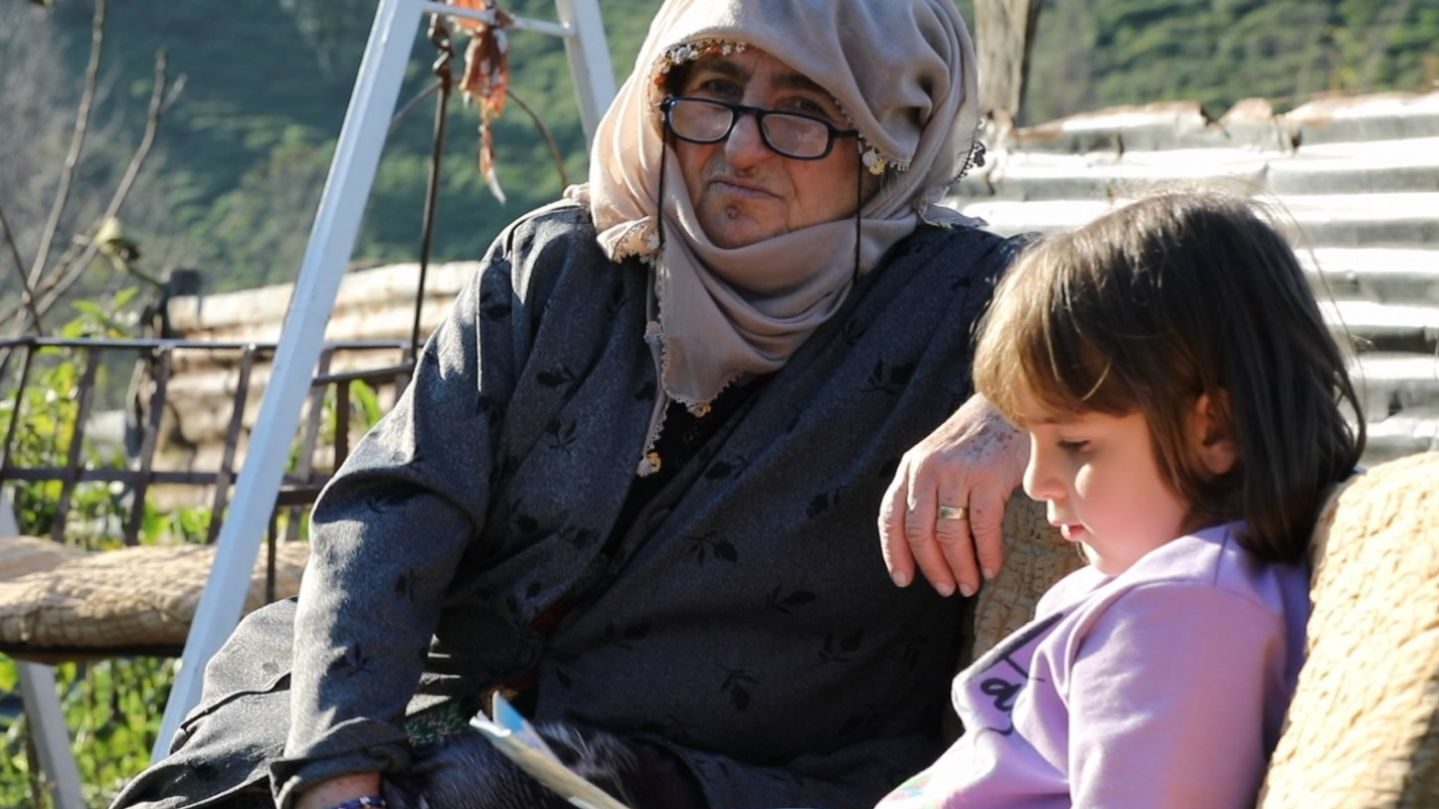Many Armenians were killed in Ottoman pogroms against the Armenians in 1894–5 and the genocide of 1915. The Christian communities in Türkiye have their rights guaranteed by international law under Articles 38-44 of the Lausanne Treaty of 1923, and, unlike Muslim minorities, have been officially recognized as minorities. But although the state respects their minority status, they are regarded as foreigners by most Turks even though they have inhabited the land of modern Türkiye for well over 2,000 years, substantially longer than the Turks.
Under the system codified in 1961, the Armenian patriarch was to be chosen by an electoral college of Armenians in Türkiye . However, this was changed by the Ozal government in the 1980s, only allowing officially recognized Armenian foundations to take part and restricting candidates by stipulating that the fathers of candidates be Turkish nationals.
In the 1990s there was a rise in tensions over public perception that the Armenians were allegedly in alliance with radical Kurds in trying to dismember Türkiye, and in 1995 an Armenian church was bombed. Another factor was the continuing hostility between Armenia and Azerbaijan over the disputed territory of Nagorno-Karabakh. Turkish official and public opinion strongly supported the Azeris whom they see as a fellow Turkic people.
Armenian schools, businesspeople and religious institutions continued to report receiving threats by email, letter and phone. In January 2007 Armenian rights campaigner and writer Hrant Dink was shot dead in broad daylight on the steps of his own office. Dink had been convicted and sentenced to six months’ imprisonment in 2005 under Article 301 of the Turkish penal code for ‘denigrating Turkish identity.’ Dink’s assassin, a 17-year-old with 18 alleged accomplices, told police that Dink ‘had insulted Turkishness.’ At a subsequent hearing in October, the gunman’s family accused authorities of collusion in the killing; one co-defendant was a police informant who had notified the authorities of the plot, and Turkish media broadcast a recorded phone call providing further indication that police knew of the plan in advance. In response to the Dink murder, nearly 200,000 protesters took to the streets of Istanbul carrying signs reading: ‘We are all Hrant Dink. We are all Armenians.’
In 2009, Armenia and Türkiye signed a historic agreement to resume normal diplomatic relations. But by 2010 the agreement had faltered when both the US and Sweden passed resolutions recognising the Turkish Ottoman mass killings of Armenians as ‘genocide’. Amid resulting tensions, Recep Tayyip Erdoğan, then Turkish Prime Minister, told the BBC that of the 170,000 Armenians living in Türkiye , ‘only 70,000 were Turkish citizens’. He threatened to deport the remaining 100,000 Armenian migrants, ’if it becomes necessary’.




